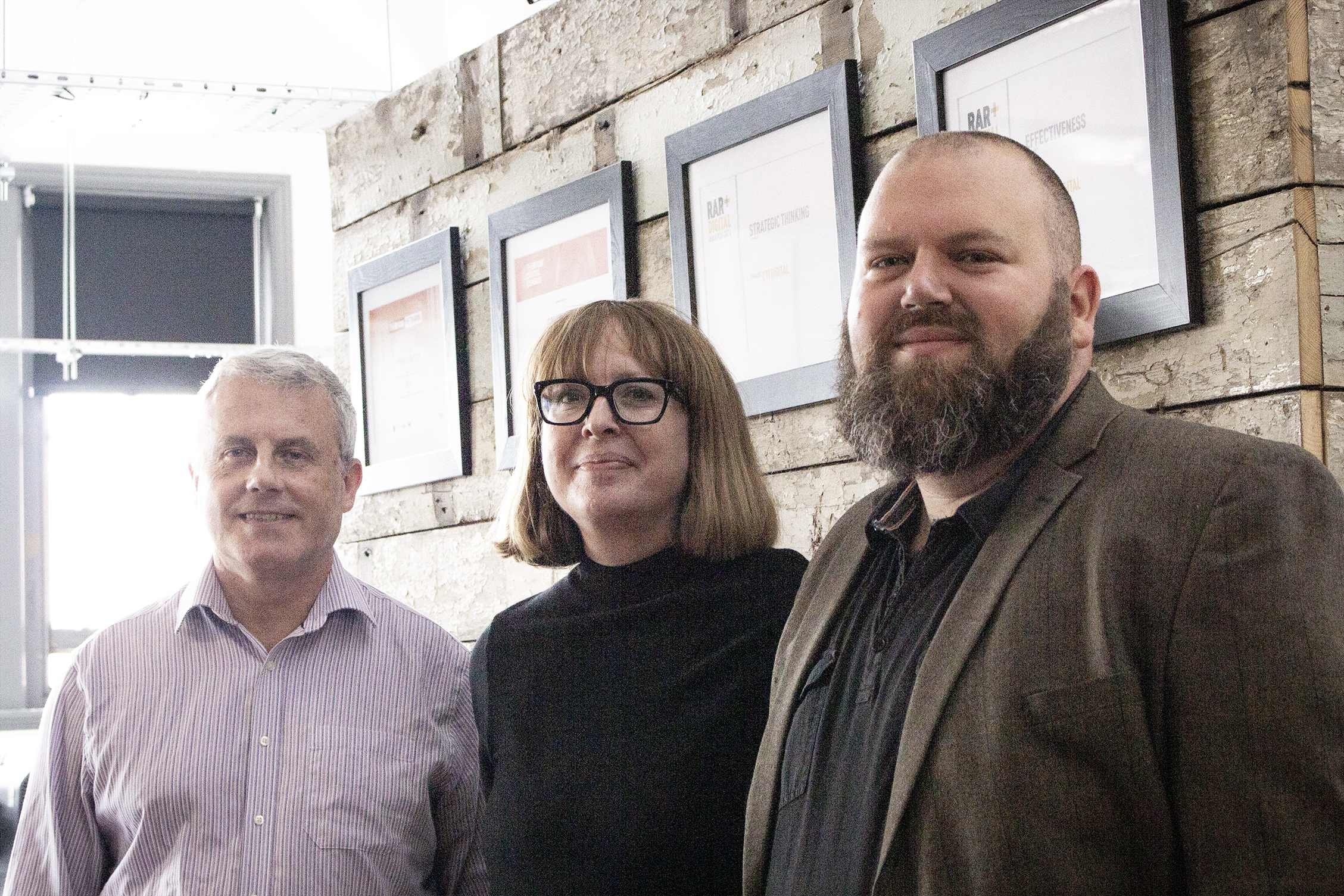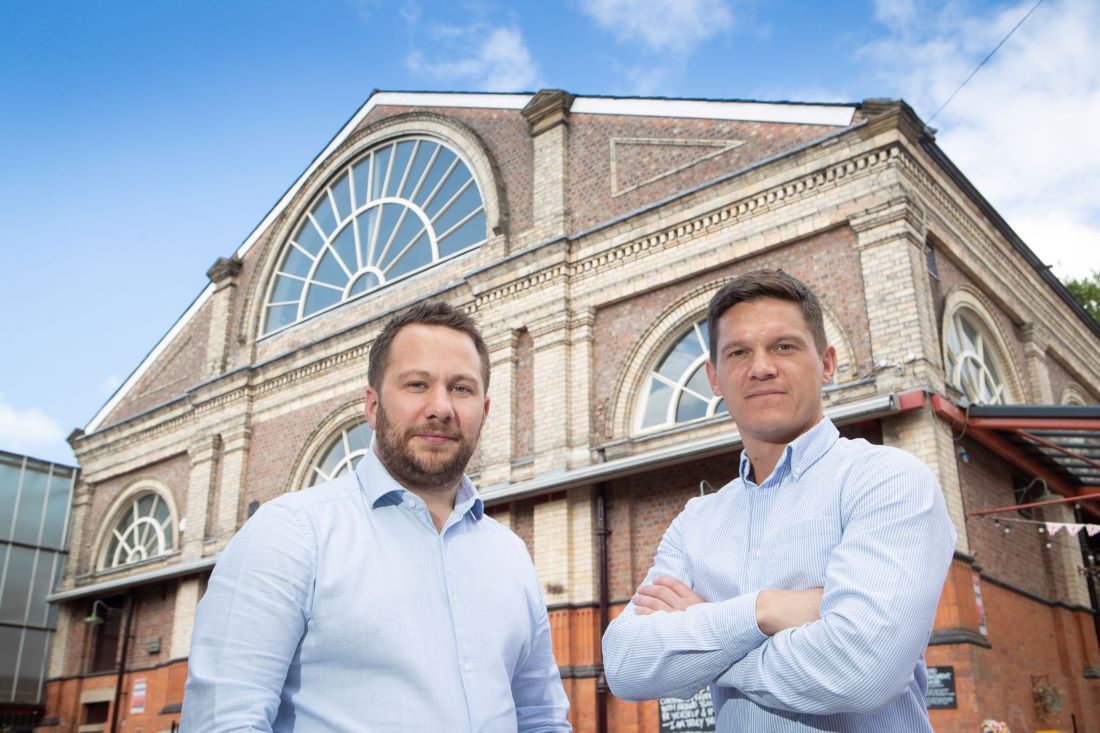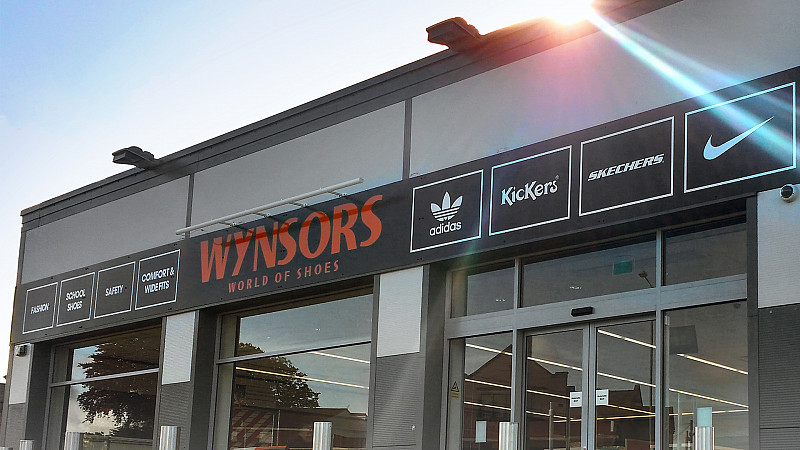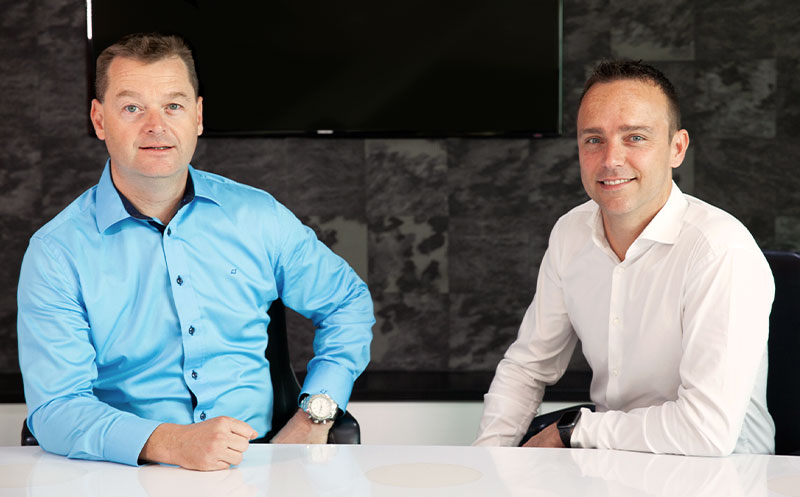Websites have come a long way since the early days of the internet. You only have to compare and contrast a surviving website from 15-20 years ago to one created within the last 18 months to see how radically they have developed.
These days, websites are design-led, user friendly and immersive. They should ideally centre on the requirements of visitors and offer a depth of insight into the brand. To create these kinds of websites takes vision, creativity and advanced technical know-how.
In this brief guide we’ll take a look at website development, what it is, how you go about it and what your options are if you’re looking to create a successful website for your brand.
What is web development?
Web development is the overall term given to the creation of websites for use on the internet. It encompasses a wide range of tasks associated with website creation including web design, web content development, coding, client-side/server scripting and network configuration.
More broadly, it also refers to the updates, actions and operations that are required to design, build, troubleshoot, maintain and update a website to ensure that it performs at optimal levels. This will include aspects such as its performance, user experience and speed on different devices.
What are the basics of web development?
Now we’ve taken a look at what web development actually is, let’s take a look at some of the basics of web development.
Every website consists of the frontend (client side) and the backend (server side). The client side will include everything that the user will directly see and interact with when they visit a particular website. The server side is hidden from the user and it’s where information is received, sent and stored.
Programming languages
Everything that appears on a website is produced via HTML, JavaScript and CSS files. This trio is known as ‘client-side languages’ as they determine how the website appears to the user.
HTML is the basic programming language used in web development. It will usually provide the basic structure of a site, namely all of the written content. It consists of a series of tags with different functions that translate into readable information on the screen.
JavaScript is a sophisticated programming language that is used to control how your website behaves. It adds interactive elements to your website by manipulating the different HTML and CSS features. It can, for instance, add instructions to the function of a button on the page, help the user scroll to the end of the page, or display moving images.
CSS stands for Cascading Style Sheets. A style sheet in this instance describes how the HTML elements will appear on a page. CSS will control the style, presentation and formatting of your site. This will usually include RGB values, background images and border colours. CSS files will declare a set of rules that define a set of properties and their values.
All of these client-side languages cannot function without server-side languages such as MySQL and PHP. The server will process the data it receives, translate it into meaningful commands and then action these commands back on the client side.
The technology stack
The technology stack is a combination of applications, programming languages, tools and software that all build on top of each to make up your website. Different companies and web developers will use different combinations of tech stack based on their unique goals for their website. A key part of the tech stack are frameworks and libraries.
As the name suggests, a framework is a pre-packaged structure of pre-written code for your website that will determine how programs interact. A library is a collection of different tools and features that you can add to your website to serve different functions. Unlike a framework, it doesn’t offer any structure. Instead, it implements a range of different actions and behaviours on your website.
What is the website development process?
The website development process will always begin with planning. What gets decided here will determine the trajectory of the entire project. This stage will usually involve client interaction and strong attention to detail. Get this stage wrong and the entire process is unlikely to produce the required results.
After the planning stages comes the design stage. This involves taking the information outlined during the planning stage and bringing it closer to reality. The layout will be designed using a wireframe, After the design stage has been completed the website should largely have taken shape, minus the special features and content. Mock-ups will be created based on a requirements analysis. A cycle of reviewing, tweaking and amending will then take place until the designer and client are satisfied with the design.
Now it’s time to move on to the development stage. This is when the majority of the programming work will take place. Content will also be added. The coding process will usually take a strategic approach with reference constantly made to the planning details. The coding should be tested regularly during this stage to ensure that it is fit-for-purpose.
Development involves the bulk of the programming work, as well as loading content (whether by your team or the client). Keep code organized and refer constantly to the planning details as the full website takes shape. Take a strategic approach and avoid future hassles by constantly testing as you go.
The launch stage is less an event, more of a phase, where the design is polished and the website is tested. It will usually be moved to a live server at this stage for final testing. Further checks will make sure it’s operating as expected across different browsers and devices.
Post-launch is when the website is signed off and ready to use. Additional testing and development can of course take place.
The development process will differ from project to project depending on its particular requirements.
How to get started with web development
If you hope to learn how to get started with development via the internet then you’re likely to encounter a flurry of sometimes contradictory information. To begin with you’ll need to get to grips with the basics of coding, including HTML, CSS and JavaScript. There are a number of free resources online to help you do this but expect to spend some considerable time getting to grips with the basics.
As well as the coding and technical aspects of web development you’ll also need to consider design, giving some thought to colour palettes, fonts and current trends in website design. To achieve the kind of quality of design a professional website needs you will need to invest in a powerful design tool. You’ll also need to learn how to test, debug and refine your website.
Can I teach myself web development?
With time and commitment it may be possible to teach yourself web development, but it could be challenging. Few people who are running a business are likely to have the time available and it’s not something that can be approached in a half-hearted manner. If you’re serious about learning web development then it may be prudent to learn the skills on a course either online or face-to-face. This can give you a secure grounding in the basics.
In most cases, however, if you’re just wanting to use web development skills to create your own website then it will be more cost and time effective to use the services of a web development agency.
Why choose a website development agency?
Website development is a highly-skilled and multidisciplinary process that takes time and experience to properly master. If you’re serious about creating a professional and engaging website then a website development agency is likely to be your best option.
They will have all the necessary skills required in-house, will be experienced at collaborative working and will be aware of trends and developments in website design. They will work with you to ensure that the finished product meets your requirements and is an effective showcase for your brand.
A website development agency can take care of the complex and involved process of creating a website allowing you to concentrate on the core aspects of your business.
Professional website development services from Dawn Creative
At Dawn Creative, we are highly-experienced at creating compelling websites for our growing clients list. We can handle the entire website development process, taking your ideas and turning them into something tangible and effective.
To find out more about our services and how we work, call 0161 711 0910 or email wakeup@dawncreative.co.uk.









